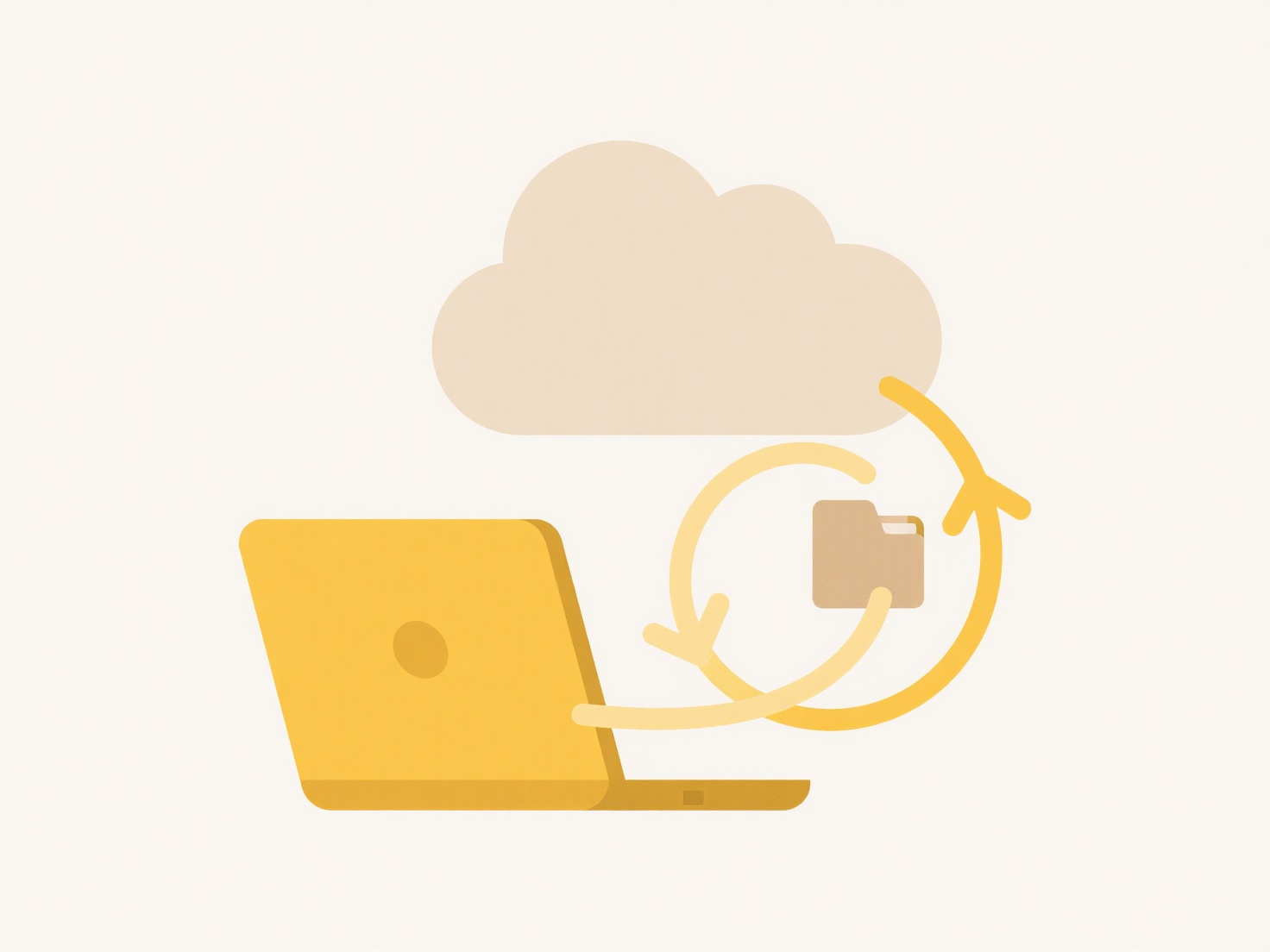
Locating duplicate folders involves identifying directories containing identical files or subfolder structures, regardless of folder names or locations. This differs from finding duplicate files alone because it requires comparing entire folder hierarchies, checking if the sets of files and their internal organization match exactly. Key aspects include comparing file names, sizes, modification dates, and crucially, file contents (often using checksum hashes like MD5 or SHA-256), alongside comparing nested folder structures.
Common practical applications include cleaning personal document archives to reclaim storage space and ensuring consistency in project directories for developers or designers. Tools like dupeGuru, Auslogics Duplicate File Finder, AllDup, DoubleKiller, and specific commands in terminal/command prompt (find, fdupes -r) can perform deep comparisons across folders. Built-in OS tools like Windows' robocopy /L can also help analyze differences.

While highly effective for space optimization and reducing version conflicts, folder duplication detection can be computationally intensive for large datasets. Reliability depends on using content-based comparison methods, not just names/sizes. Future developments focus on better integration with cloud storage APIs and machine learning for smarter grouping decisions. Always verify results before deletion, as differences in permissions or hidden files might be important.
How do I find duplicate folders?
Locating duplicate folders involves identifying directories containing identical files or subfolder structures, regardless of folder names or locations. This differs from finding duplicate files alone because it requires comparing entire folder hierarchies, checking if the sets of files and their internal organization match exactly. Key aspects include comparing file names, sizes, modification dates, and crucially, file contents (often using checksum hashes like MD5 or SHA-256), alongside comparing nested folder structures.
Common practical applications include cleaning personal document archives to reclaim storage space and ensuring consistency in project directories for developers or designers. Tools like dupeGuru, Auslogics Duplicate File Finder, AllDup, DoubleKiller, and specific commands in terminal/command prompt (find, fdupes -r) can perform deep comparisons across folders. Built-in OS tools like Windows' robocopy /L can also help analyze differences.

While highly effective for space optimization and reducing version conflicts, folder duplication detection can be computationally intensive for large datasets. Reliability depends on using content-based comparison methods, not just names/sizes. Future developments focus on better integration with cloud storage APIs and machine learning for smarter grouping decisions. Always verify results before deletion, as differences in permissions or hidden files might be important.
Quick Article Links
Why won’t files from macOS open on Windows?
Some macOS files cannot open on Windows primarily due to incompatible file formats and underlying system differences. ma...
What’s the difference between cloud and local file storage?
Cloud storage keeps files on remote servers accessed via the internet, while local file storage saves data directly on p...
How do I search for missing system files?
Searching for missing system files involves locating essential operating system components that have been accidentally d...